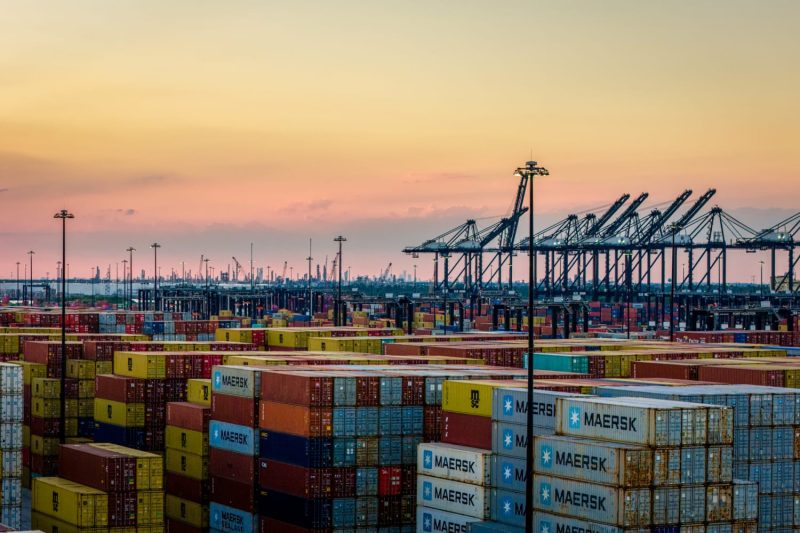As the critical vein of international trade, the maritime industry is the unsung hero silently driving the global economy. As such, any major disruption in the operations of this industry has a significant impact on a global scale. Presently, looming over the maritime industry, primarily across the US East Coast, is the threatening possibility of a major maritime strike, which could potentially paralyze ports, ripple through supply chains, and even recessionally nose-dive economies worldwide.
In understanding the severity of the looming crisis, it’s essential to acknowledge the centrality of the maritime industry’s role. Arguably overshadowed by the flashier transport sectors like aviation, the maritime industry quietly powers the world’s economy, facilitating approximately 90% of the world’s trade. Ports across the US East Coast serve as critical junctions for this massive flow of goods, linking the United States and global economies. Industry giants such as the Ports of New York and New Jersey, Savannah, and Charleston, facilitate multi-billion dollar trade flows annually, impacting numerous sectors from automotive to agriculture and manufacturers.
If a significant maritime strike were to occur, the consequences could aptly be described as catastrophic. A shutdown of the East Coast ports by maritime workers, mainly longshoremen, would result in a logistical nightmare. The multitude of cargo ships stranded at seas or overflowing in docks could lead to severe goods scarcity, resulting in price spikes for consumers. The inability to export products could also drown domestic industries and deteriorate the trade balance.
Furthermore, the ripple effect of a significant maritime strike would likely propagate shocks through the various supply chains. When goods don’t leave the ports, transport industries, including both trucking and rail lines, would face immediate decline. Warehouses and distribution centers would either be left vacant due to the lack of importation or overcrowded due to the inability to export, causing economic chaos.
An additional repercussion that warrants serious attention, rooted in our era of globalization, would be the international effects. Many industries worldwide depend on the importing and exporting of raw materials and finished goods from the United States. As such, big consumer markets like China and Europe might also experience aftershocks due to hampered trade schedules. This interdependence could lead to drastic global economic impacts with potential recessionary implications.
In response to this alarming prospect, governments, private organizations, and international bodies have to pool their resources and employ mitigating strategies. Measures like engaging in negotiations with the maritime workers, offering competitive wages and work conditions could prevent the labor unrest leading to a strike. Beyond immediate stopgaps, it’s also crucial that the industry evolves towards more sustainable operational practices, improved working conditions, and fair labor practices in the long run.
Humanitarian consequences are another facet of this crisis. Stranded sailors unable to reach home and the stark reality of unemployment for the ferryman once automation technologies are deployed are dire examples. Balancing economic considerations and humanitarian concerns has never been more critical.
On the brighter side, crises often catalyze innovation. Solutions showcasing (but not limited to) automation, virtual management of shipping, decentralized operations via blockchain, and Artificial Intelligence could emerge to provide resilience.
In conclusion, a potential major maritime strike on the US East Coast is an alarm bell, reminding not only the maritime industry but the world economy about the hidden vulnerabilities it possesses. As the saying goes, ‘A chain is only as strong as its weakest link’; securing the maritime logistical chain will not only require addressing immediate workforce concerns but also a visionary approach that aids in navigating the uncertain tides of future challenges.




